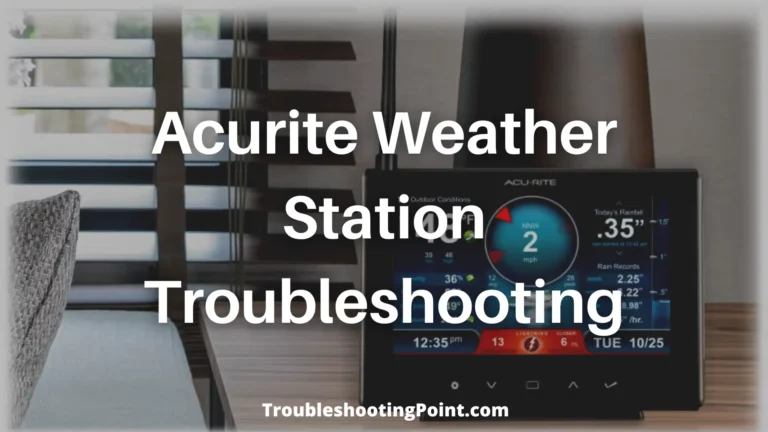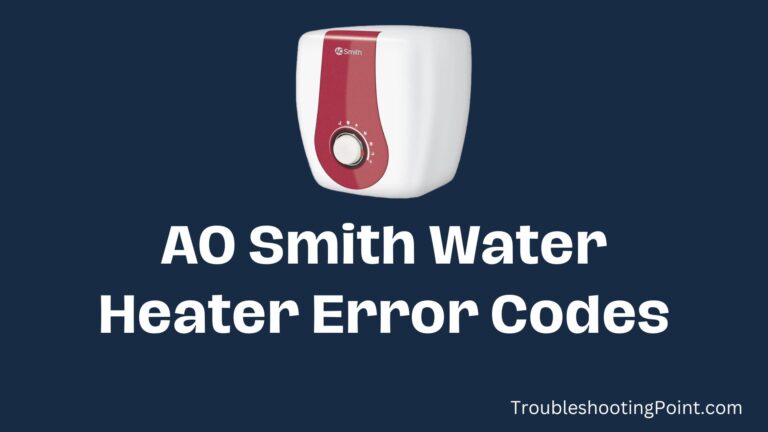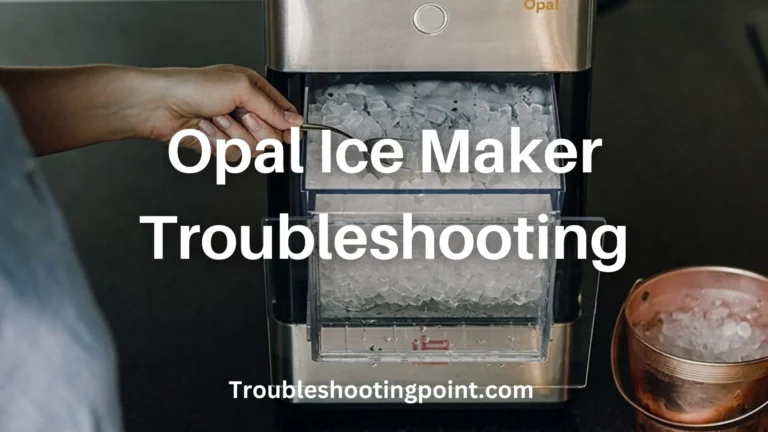When the temperature drops, a reliable heater becomes a necessity. Comfort Zone heaters are known for their efficiency and durability, but like any appliance, they can sometimes face issues.
A common problem that users encounter is a Comfort Zone heater not working, which can be a source of frustration and discomfort, especially during cold weather.
This guide aims to help you troubleshoot and fix the most common issues with your Comfort Zone heater, ensuring you stay warm and cozy all winter long.
Identifying Common Problems with Comfort Zone Heaters

When your Comfort Zone heater is not functioning properly, it’s essential to identify the root cause to apply the correct solution. Here are the most prevalent issues:
- Heater Does Not Operate: This could be due to various factors such as a disrupted power supply, improper thermostat settings, or activated safety features like overheating and tip-over shut-off mechanisms. These problems can prevent your heater from turning on or functioning correctly.
- Heater Keeps Shutting Off: Often, this issue arises from the thermostat being set to “Auto” mode, causing the heater to turn off once the room reaches a set temperature. Alternatively, it could be the safety tip-over switch that’s been triggered, especially if the heater has been knocked over.
- Heater Blowing Cold Air or Making Noise: These symptoms can indicate mechanical failures, particularly in the fan or heating element, which can affect the heater’s ability to warm your space effectively.
- Displaying Error Codes (E1, E2): Such error codes usually point to specific issues like insufficient power, an overheated heater, or a clogged air filter, all of which can impede the heater’s operation.
By understanding these common issues, you can take a targeted approach to troubleshooting your Comfort Zone heater, ensuring it runs smoothly and keeps your space comfortably warm.
Troubleshoot: Comfort Zone heater not working
Troubleshooting your Comfort Zone heater requires a systematic approach. Here’s how you can diagnose and resolve common issues:
- Power Supply and Electrical Issues: First, ensure your heater is connected to a working power source. Check the power connections, circuit breaker, and electrical outlet for any signs of malfunction. A disrupted power supply is a frequent culprit when a heater fails to turn on.
- Thermostat and Control Settings: Adjust the thermostat settings to ensure they align with your heating needs. Look for calibration or wiring issues if the heater isn’t responding to thermostat changes.
- Mechanical and Internal Issues: Inspect the fan blades and clean them if necessary. A blocked fan can hinder the heater’s performance. Additionally, check the motor and internal control system for any signs of failure.
- Addressing Safety Feature Triggers: Safety switches, like the tip-over switch, can cause the heater to shut off. Reset these switches and position the heater correctly to prevent unintentional triggering.
- Error Code Specific Solutions: If your heater displays an error code like E1 or E2, follow specific guidelines to address these issues, which often relate to overheating or insufficient power.
By following these steps, you can effectively troubleshoot your Comfort Zone heater, enhancing its performance and longevity.
Maintenance Tips to Prevent Future Issues
Proper maintenance is key to ensuring your Comfort Zone heater operates efficiently and avoids common problems. Here are essential tips:
- Routine Cleaning: Regularly clean the air filter and exterior of your heater to prevent dust and debris accumulation, which can impede performance and cause overheating.
- Safe Operation: Follow manufacturer guidelines for safe usage. Avoid overloading circuits and ensure the heater is placed on a stable, level surface away from flammable materials.
- Seasonal Checks: Before the onset of cold weather, perform a maintenance check on your heater. This includes inspecting electrical cords, cleaning internal components, and testing its functionality.
Adhering to these maintenance practices will not only extend the lifespan of your Comfort Zone heater but also enhance its efficiency and safety.
When to Contact a Professional?
There are instances when troubleshooting your Comfort Zone heater might require professional intervention. Consider seeking expert help in the following scenarios:
- Persistent Mechanical Issues: If the heater continues to malfunction despite your troubleshooting efforts, especially with complex internal components.
- Electrical Problems: Electrical issues can be hazardous. If you suspect wiring problems or electrical malfunctions, it’s safer to consult a professional.
- After Error Code Diagnosis: Some error codes indicate deeper issues that might need a specialist’s attention.
Remember, a professional can provide a thorough inspection and repair, ensuring your heater operates safely and efficiently.
Conclusion
Navigating the challenges of a Comfort Zone heater not working can be daunting, but with the right approach, many issues can be resolved. From understanding common problems to following a detailed troubleshooting guide, this post has equipped you with the knowledge to address most heater malfunctions.
Remember, regular maintenance is crucial for long-term performance. However, when in doubt, especially with complex or persistent issues, it’s wise to contact a professional. By following these guidelines, you can enjoy a warm, comfortable environment, assured that your Comfort Zone heater is functioning optimally.
More Troubleshooting Guides:
![Whirlpool Duet Steam Dryer Stuck on Sensing [Fixed]](https://troubleshootingpoint.com/wp-content/uploads/2024/01/Whirlpool-Duet-Steam-Dryer-Stuck-on-Sensing-768x432.jpg)





